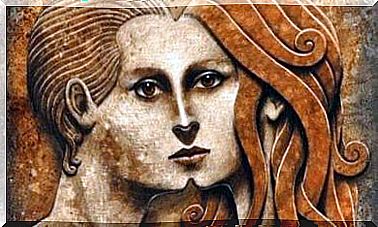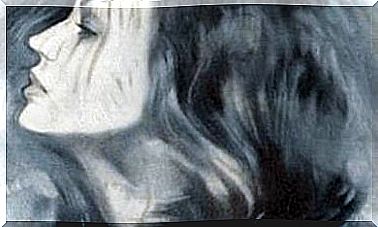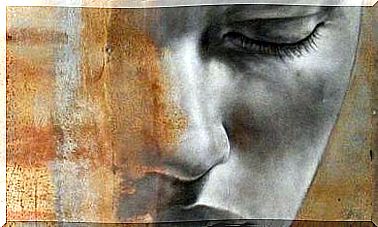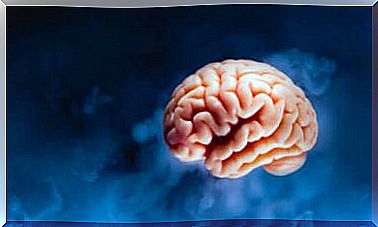The Tunnel, Portrait Of An Obsession
The tunnel is a novel by the Argentine writer Ernesto Sabato, an author known for his complex personality. The great sensitivity present in his novels is the result of a childhood and adolescence characterized by continuous anguish and painful loneliness.
These ingredients are present in The tunnel , a novel that we can define psychological and existentialist. One can analyze the work of Sabbath from different perspectives. We decided to do it starting from the way in which the writer created and built the relationships between the characters.
In this way we will discover, not only an obsessive relationship, but also the presence of an Oedipus complex that we will analyze in this article.
The plot of The tunnel
This novel is the first of a trilogy. The painter Juan Pablo Castel tells us how he ends up killing Maria, the woman he is attracted to. The reason that drives him to kill her is the discovery that the woman is married and the suspicion that she is having an affair with Hunter, her cousin.
The relationship between Juan Pablo and Maria is full of assumptions, doubts and mistrust. The painter is obsessed with the woman and tries to find evidence of her suspicions. This causes María to progressively move away from him, which drives him crazy.
The Oedipus complex in The tunnel
Juan Pablo Castel’s obsession with María could be the consequence of an unresolved conflict that the painter began to develop in childhood. An Oedipus complex that manifests itself in adulthood and that we sense when the character says:
From the beginning, the protagonist speaks of Mary as a wise and experienced woman. In some passages, moreover, he describes her as a protective figure, like a mother would be.
The interesting aspect is that Mary really adopts the figure of the mother who unconsciously accepts the whims of the “son”. For example, when Juan Pablo Castel claims her or grabs her by the arm, she is imperturbable.
It is there, but at the same time it is not present. Maria is passive (but not submissive), however she moves further and further away from Juan Pablo.
Ernesto Sabato’s tunnel
The fact that Ernesto Sabato titled his work Il tunnel is no coincidence. It is as if the protagonist, Juan Pablo Castel, has lived in a tunnel since his childhood. A tunnel from which he cannot get out, given that the Oedipus complex drags him and makes him live a stormy and unbalanced relationship.
This tunnel is full of loneliness and anguish, emotions that, like the novel’s protagonist, Saturday himself had experienced in his childhood and adolescence.
J uan Pablo Castel believes that love is the only way out of that tunnel. That’s why he holds on so much to the relationship with Maria. He sees it, mistakenly, as a lifeline.
Psychosis, obsession and love
We will not say that Juan Pablo Castel is a psychopath. However, he exhibits attitudes that indicate a delusional disorder. For example, when he waits for Maria to leave work, he watches her for hours from a bar. Also, he almost feels bad before telling her about the different scenarios he obsessively imagines.
Although Maria appears as the solution to her loneliness, in reality Juan Pablo Castel’s love is clouded by mistrust, fear of abandonment (emotional dependence) and the search for the truthfulness of her assumptions and suspicions (Pygmalion effect).
This whirlwind of unfortunate feelings and actions, which prompt him to act violently on certain occasions and instantly ask for forgiveness, is the result of an obsession. A madness that leads to a tragic ending, but which Juan Pablo Castel tells as a rational and coherent ending: the murder of Maria.

The novel of despair
The prologue of The Tunnel itself points out that “it is a novel of despair”. In it there are only demons, torments and circumstances of the past that are still present and that push the protagonist to seek the impossible: a saving love, a love that, really, is not possible.
The protagonist’s attitudes make him go through that tunnel that torments him so much. The isolation is accentuated and, however much Juan Pablo Castel is committed to being with Maria, the result is the same: the death of the woman.
Although it is a novel of despair, the one that follows, Above Heroes and Tombs , has been defined by Sabato himself as “a metaphysics of hope”.
The last work of this trilogy, The Angel of the Abyss , once again confronts the readers with hope and defeat. We conclude this article with one of the most memorable sentences from The tunnel :









